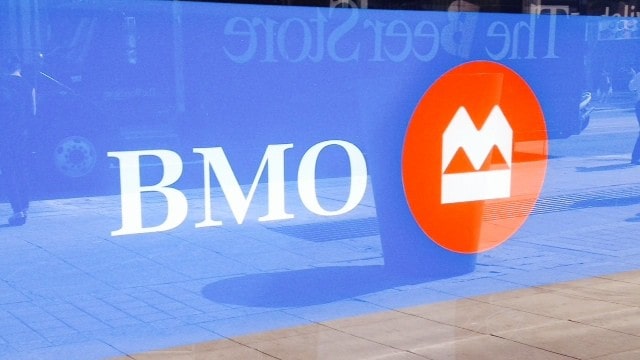Bank stocks often form the core of many portfolios. And, in my opinion, investors should own Bank of Montreal (TSX:BMO)(NYSE:BMO) for a multitude of reasons. Fundamentally, though, Bank of Montreal is a must-own because it continues to print profit and pays a lucrative dividend, which I don’t see ending for some time.
Let’s dive into its most recent quarterly results.
On an adjusted basis, Bank of Montreal generated $1.4 billion in net income, up 6% from the third quarter in 2016. Geographically, 68% of this came from Canada, which is to be expected, but 25% came from its U.S. business and 6% from other places it has investments.
The Canadian Personal & Commercial (P&C) banking division generated $614 million in net income with average loans up 5% and deposits up 8%. U.S. P&C banking generated adjusted net income of $289 million, which was about the same as last quarter. BMO Wealth Management generated $264 million, up from $201 million, while BMO Capital Markets generated $292 million down from $317 million.
Although we don’t like seeing any division do poorly, collectively, the bank continues to operate incredibly well, generating strong earnings that it then passes on to to its investors in the form of dividends and share buybacks.
But first, let’s talk about what has many investors concerned: housing. The last time I talked about Bank of Montreal, shares were down 5%, because in the second quarter, credit losses had increased. Fortunately, they were down again in the third quarter. The total provision for credit losses in Q3 was only 14 basis points, down from 29 basis points the year prior and 28 basis points in Q2.
And if we dive deeper, Bank of Montreal’s portfolio is in a strong position, as 52% of its portfolio is insured with the loan-to-value ratio on the uninsured portfolio only 52%. Said another way, 52% of its total loan value is uninsured. The 90-day delinquency rate remains at 20 basis points with loss rates for the trailing four-quarter period less than one basis point.
The reality is, housing is doing all right, and multiple lenders are seeing growth, not just Bank of Montreal. With so much of its portfolio insured, it would take a cataclysmic burst to the housing market for Bank of Montreal to really suffer. And most financial analysts agree that we should expect a slow decline, not a sudden popping of a “bubble.”
Another reason I really like Bank of Montreal is because it is so shareholder friendly. During the third quarter, it repurchased four million common shares. This reduces the number of outstanding shares and increases your ownership of the bank by a small amount.
And on the dividend front, Bank of Montreal continues to pay a quarterly distribution of $0.90, which is good for a yield of 3.63%. Even during the Financial Crisis in 2008/09, Bank of Montreal paid its dividend, so investors shouldn’t worry that the bank will stop being shareholder friendly.
Should investors be buying? The bank is not as low as it was in the beginning of September when it bottomed out around $88 per share, but the bank continues to crush its quarterly results. If earnings continue rising, I expect the dividend to follow, making income investors very happy. I say buy.









